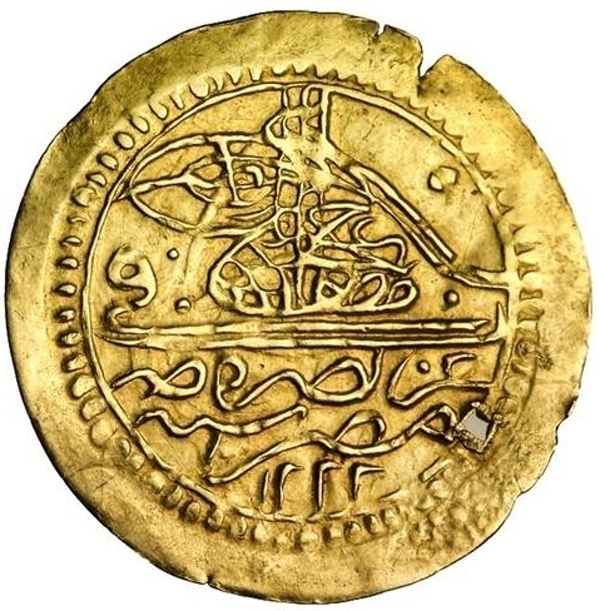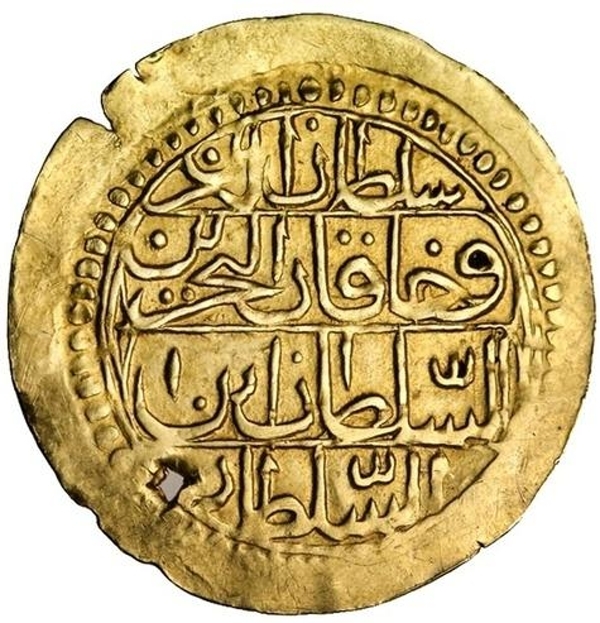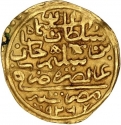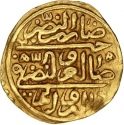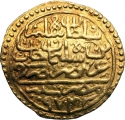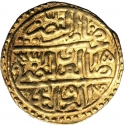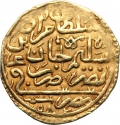You are about to finish your registration. Please check your mailbox (including spam folder). There should be a letter with a confirmation link. Check setting to make sure that your e-mail address is correct.
Send letter againDescription
Mustafa IV (1779–1808) was the Sultan of the Ottoman Empire from 1807 to 1808. He was the son of Sultan Abdul Hamid I (1774–1789) and Sineperver Sultan.
Both he and his brother, Mahmud II, were the last remaining male members of the House of Osman after their cousin, the reformist Sultan Selim III (1789–1807). They alone were therefore eligible to inherit the throne from Selim, by whom they were treated favorably. Since Mustafa was the elder, he took precedence over his brother to the throne. During his short reign, Mustafa would both save his cousin's life and order him murdered. Mustafa was Sultan Selim III's favourite crown prince, but he deceived his cousin and cooperated with the rebels to take his throne.
Attempting to secure his position by positing himself as the only surviving heir of Osman, Mustafa ordered both Selim and his brother Mahmud murdered at Topkapı Palace, Constantinople. He then ordered his guards to show the rebels Selim's body, and they promptly tossed it into the inner courtyard of the palace. Mustafa then ascended his throne, assuming that Mahmud was also dead, but the prince had been hiding in the furnace of a bath. Just as the rebels demanded that Mustafa "yield his place to a worthier," Mahmud revealed himself, and Mustafa was deposed. The failure of his short reign prevented the efforts to undo the reforms, which continued under Mahmud.
Obverse

|
Tughra in Mustafa IV name, a star at the right, Ottoman Turkish legend "Struck in Egypt" and the accession year in Hejira (AH1222) below, knot as an initial mark, lined and elongate beaded circle. مصطفى خان بن عبد الحميد |
|---|---|
Reverse

|
Depicts 4-line Arabic legend: Sultan of the two lands, Khaqan (emperor) of the two seas, the sultan son of the sultan, the year of the Sultan's reign (١) at the 3rd line. سلطان البرين |
| Edge |
